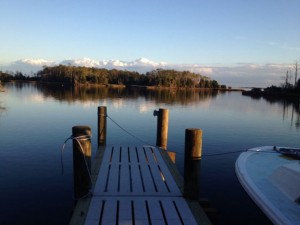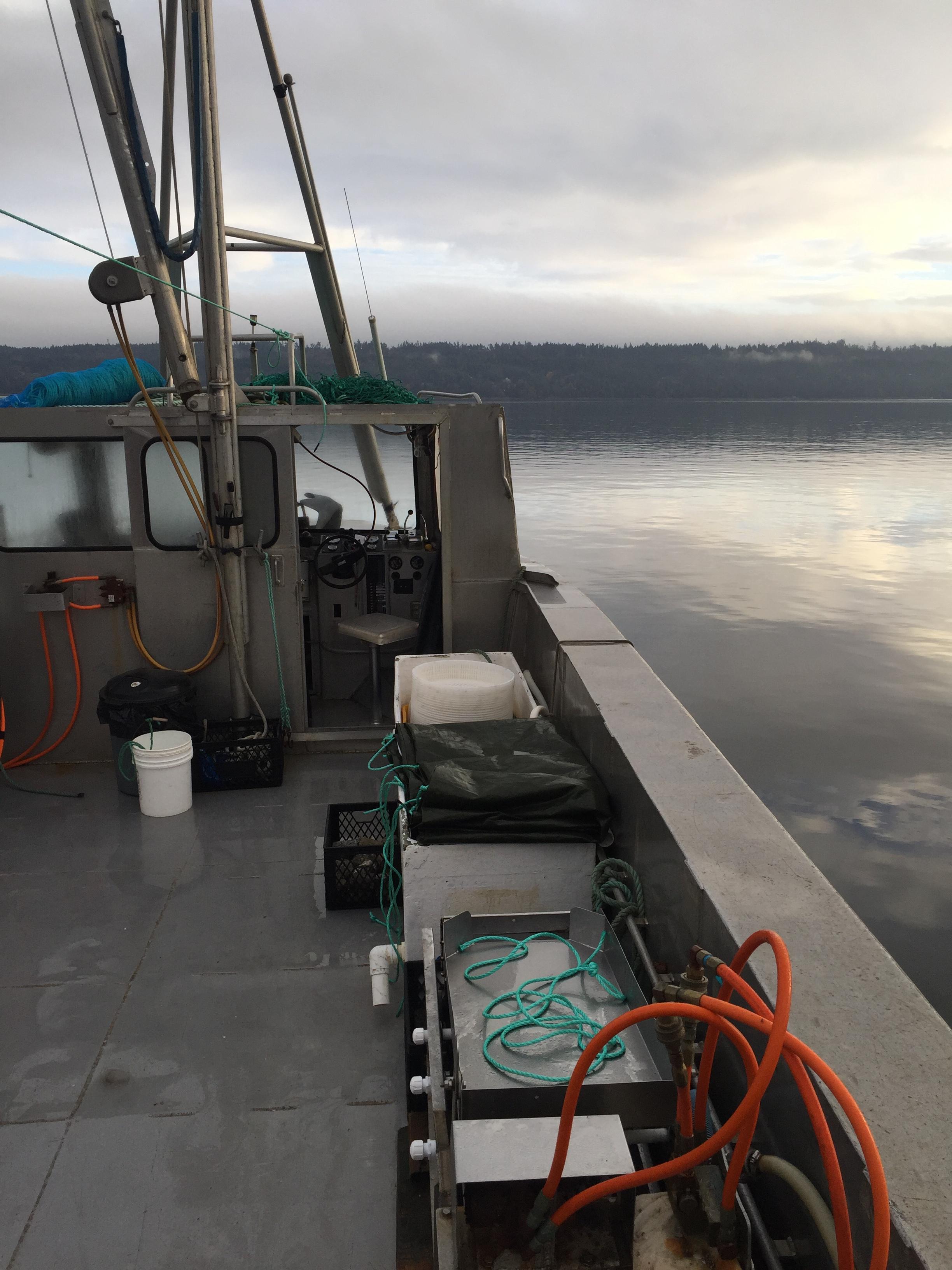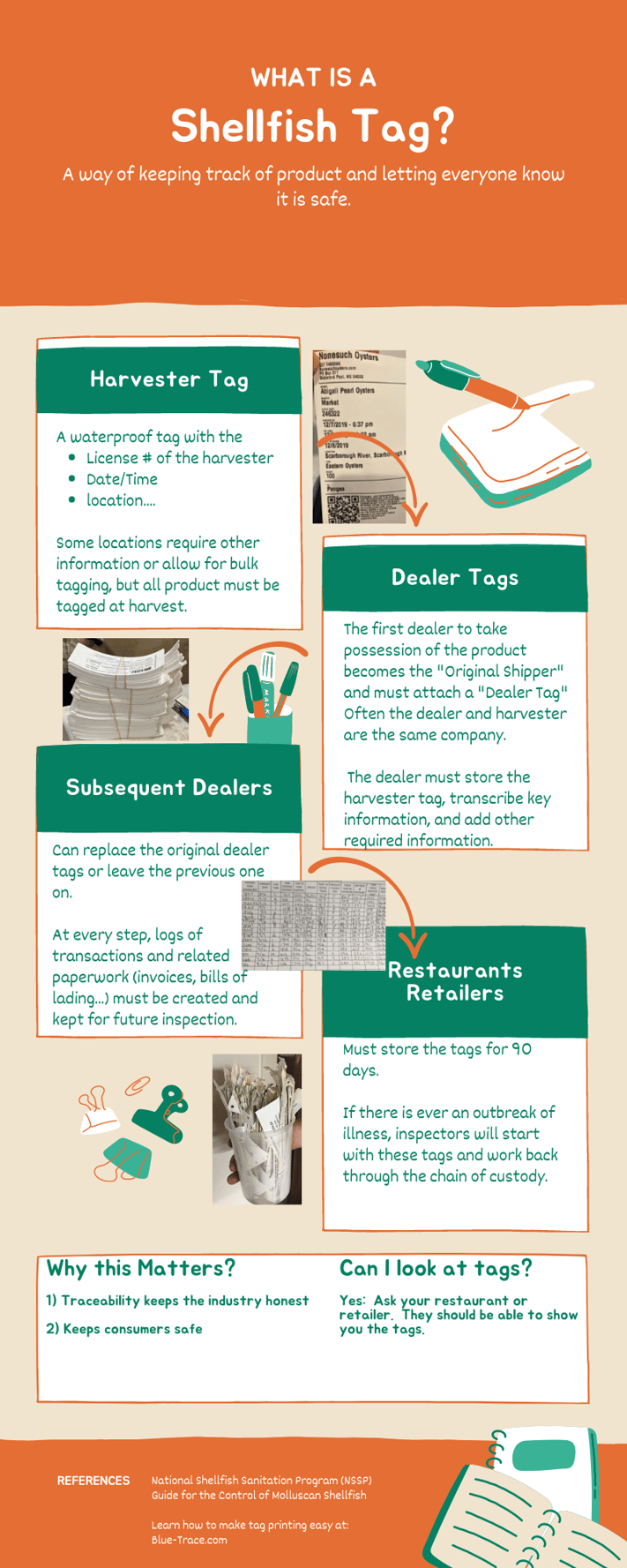- Reduced Emissions. Both wild-caught seafood and aquaculture produce less CO2 than most other traditional sources of protein (Oceana 2021, Nature 2021). For every gram of protein we consume from wild-caught fisheries instead of beef, we are reducing the CO2 impact by 82% (89% for aquaculture). Comparing to beef yields the most dramatic difference, but even moving from chicken to aquaculture would reduce CO2 per gram by almost 50%. Aquaculture produces over 50% of the seafood we consume today.
Although going vegan would be the best option in terms of greenhouse gas emissions, convincing folks to switch out a steak for oysters and salmon is a lot more realistic. - Substituting Seafood. Recent research also indicates that beyond the CO2 impact, more seafood would also be critical for feeding a growing population a healthy diet. According to the journal Nature:
"Globally, we find that a high-production scenario will decrease [seafood] prices by 26% and increase their consumption, thereby reducing the consumption of red and processed meats that can lead to diet-related non-communicable diseases while also preventing approximately 166 million cases of inadequate micronutrient intake.
In other words, more seafood represents a win for the planet and for the people most at risk from malnutrition. Of course, not all seafood is equal, so traceability will matter — and is indeed critical to making this transition successful (Monterey Bay Seafood Watch).
- Less Waste. What about waste? An estimated 39% (USDA) to 50% (Gunders, 2012) of seafood is wasted (harvested but not consumed). That loss is massive, equating to enough protein to feed 12.4 million women for a year (or 10.1 million men). Much of the waste is outside our purview (bycatch on fishing boats or disposed of by restaurants/consumers). But a significant portion occurs within the distribution system. Seafood is more prone to wastage than meat since:
"Fish spoil quickly due to digestive enzymes, microbial spoilage, and oxidation, which change the odor, flavor and texture of fish (Ghaly et al., 2010); (iii) the different microbial and chemical food safety risks from seafood than from other meats, including histamine or scombroid food poisoning due to spoilage; (iv) strong odors that are not always associated with food safety risks, but may raise safety and quality concerns among retailers, food service providers and consumers."
Even a 10% reduction in wastage would deliver major benefits (Global Environmental Change, Sierra Club).
.png?width=1200&name=image%20(5).png)
Wild seafood has a lower carbon footprint than red meat, cheese, and chicken, according to latest data, Oceana: 2021



.png?width=300&name=Image%20from%20iOS%20(122).png)
.png?width=300&name=Image%20from%20iOS%20(121).png)

 Comox, British Columbia. The British Columbia Shellfish
Comox, British Columbia. The British Columbia Shellfish


.jpg?width=828&name=Image%20from%20iOS%20(103).jpg)